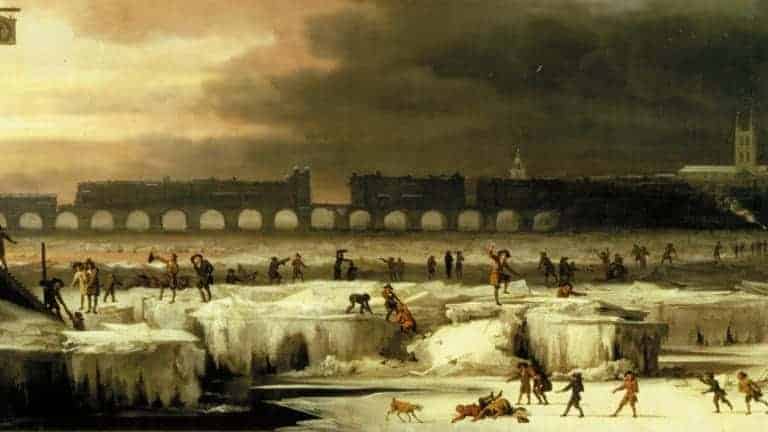A strange thing happened to the northern hemisphere in the summer months of 1816, the first full year of peace in Europe since the outbreak of the French Revolution almost thirty years earlier. Summer never came. Across the continent of Europe, ravaged by the most brutal series of wars in its long history (at least to that time) crops failed. Cattle, sheep, and pigs died for lack of food. Skies were mysteriously darkened, days wet and cold. Ships, with no cargoes to carry, rotted at their moorings. In Europe, armies of unemployed and hungry men replaced the armed troops of the preceding decades, roaming across a continent unable to feed them. Although the Europeans were unaware of it at the time, conditions were equally as bad in Asia; famine in China, India, and Japan was widespread and deadly.

The United States had only recently emerged from a nearly disastrous war of its own, its capital city burned, and its shipping fleets were decimated. Hoping its well-known agricultural might would bring it prosperity quickly was in vain; cotton, tobacco, indigo, corn, wheat, oats, fruit crops, all suffered drastically in weather which was, in a word, wintry. To say summer didn’t happen in 1816 is somewhat inaccurate, it appeared for three or four days at a time, with above-normal temperatures in many cases, followed by frosts, such as in Virginia during every month of the so-called growing season, including July and August. Some called it divine retribution while others begged for divine intercession, yet Providence seemed sublimely indifferent. 1816 was the year with no summer. Here is some of what happened.

1. The unusual nature of the weather was noted early in the season by farmers and planters
In May 1816, former President Thomas Jefferson was living in semi-retirement at Monticello, engrossed with his work establishing the University of Virginia near the base of his beloved little mountain. Jefferson desperately needed a strong yield from his several farms that year. Only the year before he had sold his personal library to help re-establish the Library of Congress, burned by the British in 1814. The sale had brought badly needed cash into his hands, but a successful growing season was key to his fortunes, and what he had seen so far that spring was not encouraging. Jefferson noted in his diaries that average temperatures that spring was more than ten degrees lower than normal, frosts were frequent and damaging to fruit and young crops, and in general the spring weather had been much drier than expected. “The crops of wheat and tobacco will be poor”, he noted, no doubt with concern.
Jefferson could not have known it at the time, but May was only the beginning of spring and summer during which the weather was so unusual the growing season became known as the year with no summer. From his own meticulous observations, dutifully recorded in his Farm Books, the impact of the weather in Virginia is well known and still studied by scientists today. His voluminous correspondence, with fellow farmers and other friends, offers a record of conditions which affected the entire Northeastern United States, as far south as the Carolinas and Georgia. The harvests of 1816 were catastrophic in America and Canada, and the impact resonated across the Atlantic where similar failures took place. Others left behind records of the cataclysmic weather event, but from Jefferson’s notes, the summer can be rebuilt as it happened, through his eyes, though he had no idea of its cause.

